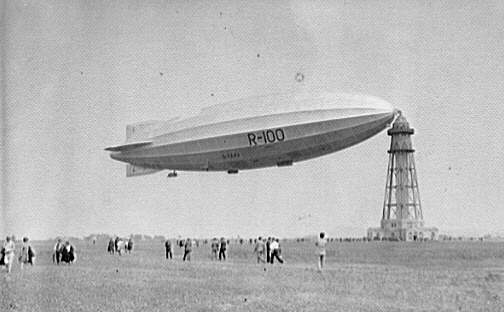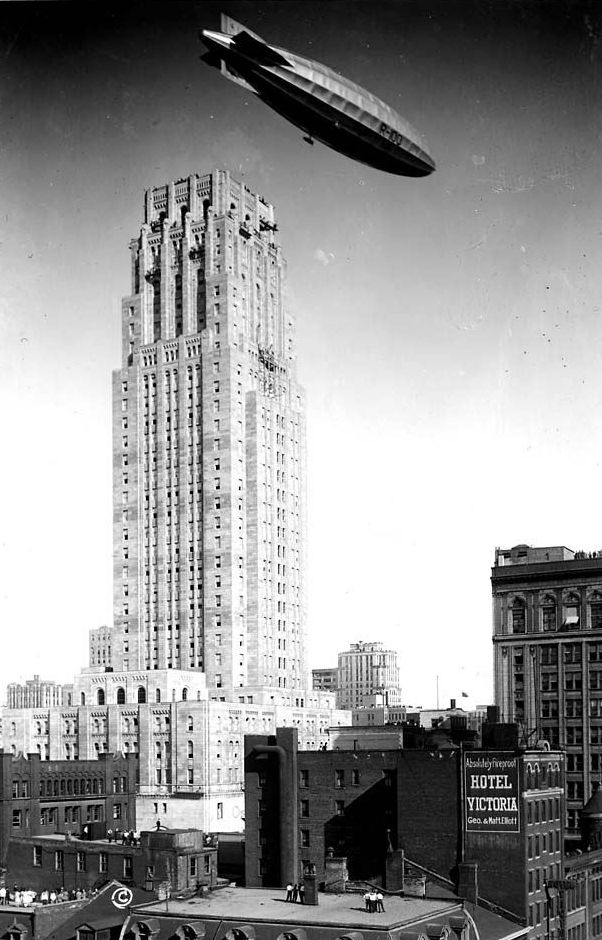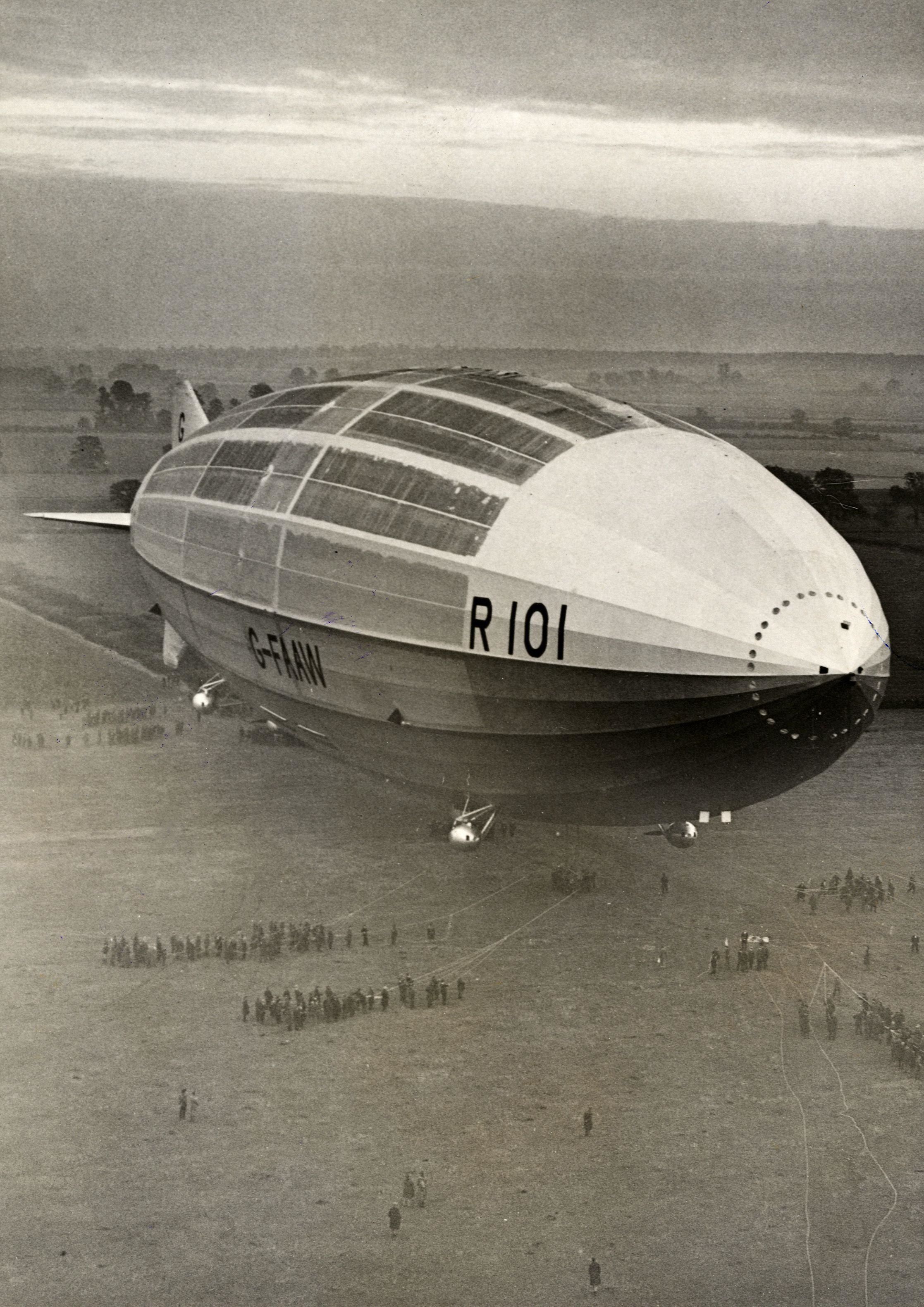|
Dennis Burney
Sir Charles Dennistoun Burney, 2nd Baronet (28 December 1888 – 11 November 1968, in Bermuda) was an English aeronautical engineer, private inventor and Conservative Party (UK), Conservative Party politician.''Oxford Dictionary of National Biography'' Oxford: OUP. Early military career Burney was the son of Admiral of the Fleet (Royal Navy), Admiral of the Fleet Sir Cecil Burney Bt. He was given a naval education, starting his training at HMS Prince of Wales (1860), HMS ''Britannia'' in 1903, and joining the battleship HMS Exmouth (1901), ''Exmouth'' as a midshipman in early 1905. He was posted to the destroyer HMS Crusader (1909), HMS ''Crusader'' in 1909, which was being used for experimental anti-submarine work at the time. In 1911, he came up with a novel seaplane design using a hydrofoil undercarriage. Further development was carried out by the Bristol and Colonial Aeroplane Company and two prototype designs, the Bristol-Burney seaplanes, X.2 and X.3, were produced, b ... [...More Info...] [...Related Items...] OR: [Wikipedia] [Google] [Baidu] |
Sidney Peel
Colonel Sir Sidney Cornwallis Peel, 1st Baronet, (1870–1938), was a British Army officer, barrister and financier. He was also for the coalition government term 1918–1922, a Conservative Member of Parliament (MP). For the 19 years until death he was a celebrated chairman of the Export Credits Guarantee Department Advisory Committee. Background and marriage Peel was born on 3 June 1870, the third son of Arthur Peel, 1st Viscount Peel,Obituary, ''The Times'' (London, England), Tuesday, 20 December 1938, Issue 48182, p. 16. Speaker of the House of Commons, the youngest son of Prime Minister Sir Robert Peel. His mother was Adelaide, daughter of William Stratford Dugdale. Schooled at Eton College he was there a King's Scholar and Newcastle Scholar in 1889, winning a scholarship at New College, Oxford, where he won first-class honours in Greats and was elected a Fellow of Trinity in 1893. Shortly after he became Secretary to the Licensing Committee (chaired by his father). Pee ... [...More Info...] [...Related Items...] OR: [Wikipedia] [Google] [Baidu] |
World War I
World War I or the First World War (28 July 1914 – 11 November 1918), also known as the Great War, was a World war, global conflict between two coalitions: the Allies of World War I, Allies (or Entente) and the Central Powers. Fighting took place mainly in European theatre of World War I, Europe and the Middle Eastern theatre of World War I, Middle East, as well as in parts of African theatre of World War I, Africa and the Asian and Pacific theatre of World War I, Asia-Pacific, and in Europe was characterised by trench warfare; the widespread use of Artillery of World War I, artillery, machine guns, and Chemical weapons in World War I, chemical weapons (gas); and the introductions of Tanks in World War I, tanks and Aviation in World War I, aircraft. World War I was one of the List of wars by death toll, deadliest conflicts in history, resulting in an estimated World War I casualties, 10 million military dead and more than 20 million wounded, plus some 10 million civilian de ... [...More Info...] [...Related Items...] OR: [Wikipedia] [Google] [Baidu] |
Flight International
''Flight International'', formerly ''Flight'', is a monthly magazine focused on aerospace. Published in the United Kingdom and founded in 1909 as "A Journal devoted to the Interests, Practice, and Progress of Aerial Locomotion and Transport", it is the world's oldest continuously published aviation news magazine. ''Flight International'' is published by DVV Media Group. Competitors include Jane's Information Group and '' Aviation Week''. Former editors of, and contributors include H. F. King, Bill Gunston, John W. R. Taylor and David Learmount. History The founder and first editor of ''Flight'' was Stanley Spooner. He was also the creator and editor of ''The Automotor Journal'', originally titled ''The Automotor Journal and Horseless Vehicle''.Guide To British Industrial His ... [...More Info...] [...Related Items...] OR: [Wikipedia] [Google] [Baidu] |
Nevil Shute
Nevil Shute Norway (17 January 189912 January 1960) was an English novelist and aeronautical engineer who spent his later years in Australia. He used his full name in his engineering career and Nevil Shute as his pen name to protect his engineering career from inferences by his employers (Vickers) or from fellow engineers that he was "not a serious person" or from potentially adverse publicity in connection with his novels, which included '' On the Beach'' and ''A Town Like Alice''. Early life Shute was born in Somerset Road, Ealing (which was then in Middlesex), in the house described in his novel '' Trustee from the Toolroom''. He was educated at the Dragon School, Shrewsbury School and Balliol College, Oxford; he graduated from Oxford in 1922 with a third-class degree in engineering science. Shute was the son of Arthur Hamilton Norway, who became head of the Post Office in Ireland before the First World War and was based at the General Post Office, Dublin in 1916 at the t ... [...More Info...] [...Related Items...] OR: [Wikipedia] [Google] [Baidu] |
Barnes Wallis
Sir Barnes Neville Wallis (26 September 1887 – 30 October 1979) was an English engineer and inventor. He is best known for inventing the bouncing bomb used by the Royal Air Force in Operation Chastise (the "Dambusters" raid) to attack the dams of the Ruhr Valley during World War II. The raid was the subject of the 1955 film '' The Dam Busters'', in which Wallis was played by Michael Redgrave. Among his other inventions were his version of the geodetic airframe and the earthquake bomb, including designs such as the Tallboy and Grand Slam bombs. Early life and education Barnes Wallis was born in Ripley, Derbyshire, to general practitioner Charles George Wallis (1859–1945) and his wife Edith Eyre (1859–1911), daughter of Rev. John Ashby. The Wallis family subsequently moved to New Cross, south London, living in "straitened, genteel circumstances" after Charles Wallis was crippled by polio in 1893. He was educated at Christ's Hospital in Horsham and Haberdas ... [...More Info...] [...Related Items...] OR: [Wikipedia] [Google] [Baidu] |
R101
R101 was one of a pair of British rigid airships completed in 1929 as part of the Imperial Airship Scheme, a British government programme to develop civil airships capable of service on long-distance routes within the British Empire. It was designed and built by an Air Ministry–appointed team and was effectively in competition with the government-funded but privately designed and built R100. When built, it was the world's largest flying craft at in length, and it was not surpassed by another hydrogen-filled rigid airship until the LZ 129 ''Hindenburg'' was launched seven years later. After trial flights and subsequent modifications to increase lifting capacity, which included lengthening the ship by to add another gasbag,"R101". Airship Heritage Trust via Airshipsonline.com. Retrieved: 23 July 2008. the R101 crashed in France ... [...More Info...] [...Related Items...] OR: [Wikipedia] [Google] [Baidu] |
R100
His Majesty's Airship R100 was a privately designed and built British rigid airship made as part of a two-ship competition to develop a commercial airship service for use on British Empire routes as part of the Imperial Airship Scheme. The other airship, the R101, was built by the British Air Ministry, but both airships were funded by the Government. R100 was built by the Airship Guarantee Company, a specially created subsidiary of the armaments firm Vickers-Armstrongs, led by Commander Dennis Burney. The design team was headed by Barnes Wallis, later famous for his invention of the bouncing bomb. The design team also included Nevil Shute Norway as the senior stress engineer. R100 first flew in December 1929. It made a series of trial flights and a successful return crossing of the Atlantic in July–August 1930, but following the crash of R101 in October 1930 the Imperial Airship Scheme was terminated and R100 was broken up for scrap. Background R100 was built as p ... [...More Info...] [...Related Items...] OR: [Wikipedia] [Google] [Baidu] |
Imperial Airship Scheme
The British Imperial Airship Scheme was a project conceived in 1924 to improve communication and provide transportation between Great Britain and distant countries of the vast British Empire by establishing regular air service using passenger airships. The first phase was the construction of two large and technically advanced airships, the R100 and the R101; the R100 made a successful transatlantic trial flight to Canada and back during the summer of 1930. In October 1930, the R101, beset with several design and manufacturing flaws, crashed and burned in France while attempting its first flight to India. In 1931, following the loss of the R101, the entire British airship scheme was terminated. Early proposals In July 1921, Alfred Henry Ashbolt, the Agent-General for Tasmania, proposed the creation of an Imperial Airship Company to the Imperial Conference being held in London. The use of heavier-than-air craft over such distances was seen as impractical at this time. The comp ... [...More Info...] [...Related Items...] OR: [Wikipedia] [Google] [Baidu] |
Airship
An airship, dirigible balloon or dirigible is a type of aerostat (lighter-than-air) aircraft that can navigate through the air flying powered aircraft, under its own power. Aerostats use buoyancy from a lifting gas that is less dense than the surrounding air to achieve the lift (physics), lift needed to stay airborne. In early dirigibles, the lifting gas used was hydrogen gas, hydrogen, due to its high lifting capacity and ready availability, but the inherent flammability led to several fatal accidents that rendered hydrogen airships obsolete. The alternative lifting gas, helium gas is not flammable, but is rare and relatively expensive. Significant amounts were first discovered in the United States and for a while helium was only available for airship usage in North America. Most airships built since the 1960s have used helium, though some have used thermal airship, hot air. The envelope of an airship may form the gasbag, or it may contain a number of gas-filled cells. An air ... [...More Info...] [...Related Items...] OR: [Wikipedia] [Google] [Baidu] |
Vickers
Vickers was a British engineering company that existed from 1828 until 1999. It was formed in Sheffield as a steel foundry by Edward Vickers and his father-in-law, and soon became famous for casting church bells. The company went public in 1867, acquired more businesses, and began branching out into military hardware and shipbuilding. In 1911, the company expanded into aircraft manufacturer, aircraft manufacture and opened a flying school. They expanded even further into electrical and railway manufacturing, and in 1928 acquired an interest in the Supermarine. Beginning in the 1960s, various parts of the company were nationalised, and in 1999 the rest of the company was acquired by Rolls-Royce Holdings, Rolls-Royce plc, which sold the defence arm to Alvis plc. The Vickers name lived on in Alvis Vickers, until the latter was acquired by BAE Systems in 2004 to form BAE Systems Platforms & Services, BAE Systems Land Systems. History Early history Vickers was formed in Sheffiel ... [...More Info...] [...Related Items...] OR: [Wikipedia] [Google] [Baidu] |
Commander (Royal Navy)
Commander (Cdr) is a senior officer rank of the Royal Navy of the United Kingdom. It is immediately junior to captain and immediately senior to the rank of lieutenant commander. Officers holding the junior rank of lieutenant commander are not considered to be commanders. History The title (originally 'master and commander') originated in around 1670 to describe Royal Navy officers who captained ships too large to be commanded by a lieutenant, but too small to warrant the assignment of a post-captain, or before 1770 a master who was in charge of a ship's navigation. These ships were usually sloops-of-war, bomb vessels, fireships, hospital ships and storeships. The commanding officer of this type of ship was responsible for both sailing and fighting the ship and was thus its 'master and commander'. Before 1750, the rank was broadly considered as the limit of advancement for those without patronage, especially those who had been promoted from among a ship's crew. By contr ... [...More Info...] [...Related Items...] OR: [Wikipedia] [Google] [Baidu] |
1917 Birthday Honours
The 1917 Birthday Honours were appointments by King George V to various orders and honours to reward and highlight good works by citizens of the British Empire. The appointments were made to celebrate the official birthday of The King, and were published on 4 June and 19 June. The recipients of honours are displayed here as they were styled before their new honour, and arranged by honour, with classes (Knight, Knight Grand Cross, ''etc.'') and then divisions (Military, Civil, ''etc.'') as appropriate. United Kingdom and British Empire Viscount *The Rt. Hon. Hudson Ewbanke Kearley, Baron Devonport, , the first British Food Controller, previously chairman of the Port of London Authority. Member of Parliament for Devonport from 1892 to 1910. *The Rt. Hon. Horace Brand Farquhar, Baron Farquhar, , Lord Steward since 1915, Master of the Household of King Edward, 1901–1907; Member of Parliament for West Marylebone from 1895 to 1898. * William Waldorf Astor, Baron Astor. Philant ... [...More Info...] [...Related Items...] OR: [Wikipedia] [Google] [Baidu] |






